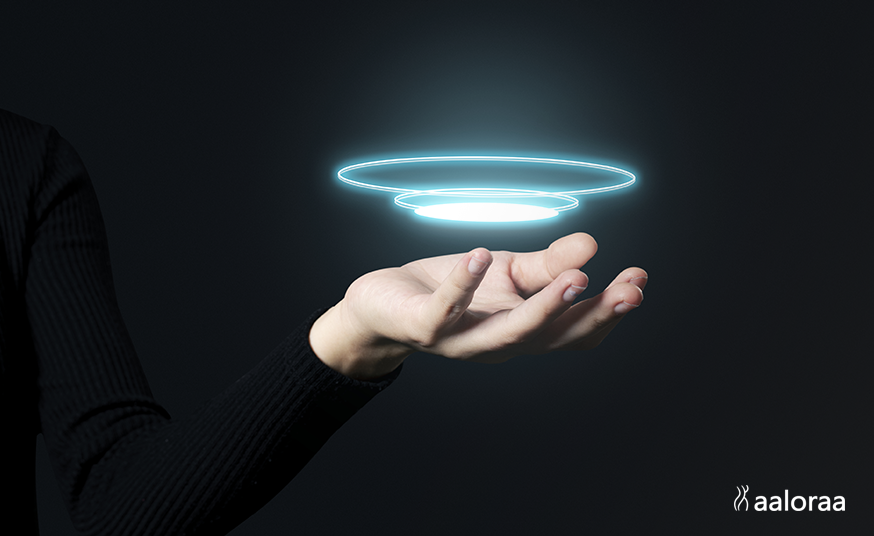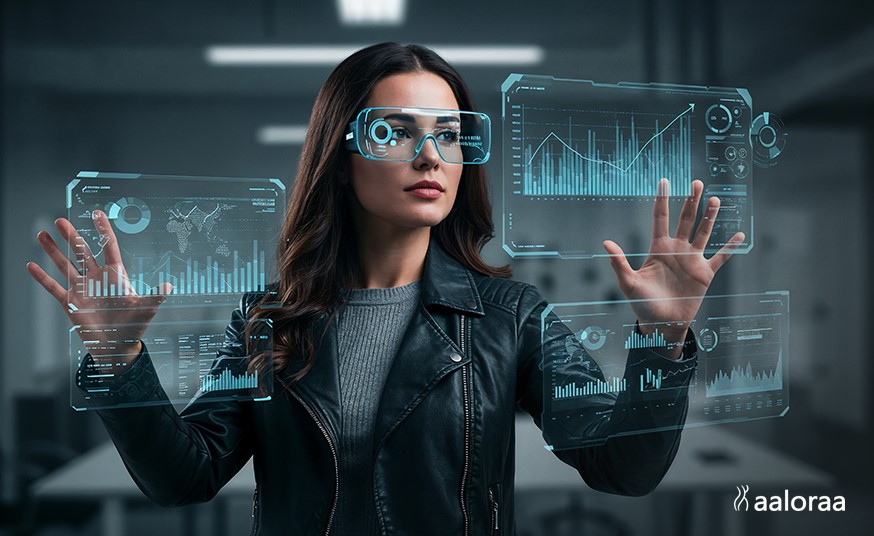Science fiction has always visualized the idea of holograms for decades. We all have seen floating 3D images that respond to our gestures and voices in movies. What we used to witness in movie theatres is no longer a fake reality. Scientists have developed holographic interfaces that have real-life applications as well. They are no longer confined to our fantasy.
Holograms are emerging as the next frontier in how humans interact with technology. They have replaced flat screens with dynamic 3D projections. Holography is opening doors to a highly technologically advanced era. It is helping us head towards an immersive, natural, and intuitive interaction.
Contents
The Concept of Holographic Interfaces
A holographic interface allows users to interact with three-dimensional images. These images appear in real space, unlike standard digital displays. According to London escorts who appreciate cutting-edge innovation, hologram systems redefine visual engagement. Holograms do not require a screen or wearable device to experience them. They use manipulated light waves to create realistic and volumetric images. These 3D pictures can be seen from different angles. The user can engage with these visuals through gestures, eye movements, or voice commands. It makes the user experience feel realistic and interactive.
The Science Behind Holographic Interfaces
Holographic technology works on the science of light diffraction and projection. Their systems use lasers, special lenses, and real-time rendering systems. This help make the floating visuals, known as “Holograms.” Holographic interfaces can be paired with sensors and AI-driven recognition tools, enabling touch-free control. Below are some of its real-life applications:
- Surgeons use holograms to view 3D models of organs. It improves surgical planning and precision.
- Holograms bring complex subjects to life. They help simplify subjects, such as anatomy, space science, and engineering.
- Businesses are also experimenting with holographic meetings. They use life-sized 3D representations to replace video calls. It helps them make collaboration more personal.
- Holograms are also transforming the entertainment and gaming industry. These interfaces are making them more interactive without the need for heavy headsets.
How Holograms Are Redefining Technology
Holograms are not merely a futuristic fiction. They also have practical benefits that make them increasingly valuable across industries. Many Pune call girls fascinated by modern innovation highlight how holographic technology enhances engagement and realism. Compared to touchscreens and VR headsets, they provide a superior user experience. These are some benefits of holographic interfaces:
- Immersive Interaction: Holograms create a deeply engaging environment. They allow users to experience visuals as tangible objects. The interactive experience enhances focus and comprehension.
- Touch-Free Aspect: Holographic interfaces respond to gestures, voice, and eye movements. They do not require physical contact. This makes them highly useful in hospitals, public spaces, and other sensitive settings.
- Accessibility: Holograms rely on natural human actions. Their advanced and adaptive response reduces learning curves. This makes them user-friendly for all kinds of people.
- Enhanced Visualization: Holograms offer clearer and more realistic 3D images. They are highly beneficial in sectors such as architectural designs and medical imaging. They help professionals analyze details more accurately than flat screens.
- Scalable Applications: Holographic interfaces can scale to meet different needs. They can create a small classroom demo or a large business presentation. They adapt easily to different environments.
The Future of Holographic Interfaces
Holographic interfaces are expected to become more efficient as technology advances. It will become more accessible, affordable, and widespread. They can create workplaces with real-time 3D models and environments. For example, a classroom with a solar system projection or a workplace with a shared holographic table. Entertainment will also no longer be limited to TV screens. They will transform into interactive holographic walls
The integration of holography with artificial intelligence and smart devices is also expected. They will make these systems more seamless and advanced. According to Hyderabad call girls who appreciate futuristic innovation, AI and IoT will refine holographic systems for smarter, more connected experiences. AI and IoT could personalize holographic content in real time. They will ensure smooth connectivity between digital and physical environments.
Final Thoughts
Holographic interfaces are no longer a fantasy of the future. They are used in real-time today. They curate immersive visuals and intuitive interaction with wide-ranging applications. Holograms have the potential to redefine how we work, learn, and play. The shift to a holographic interface may be gradual. However, its impact is expected to be profound. In the near future, the screen in your hand may not exist at all. It might float right in front of you, and all thanks go to the holographic interface.





